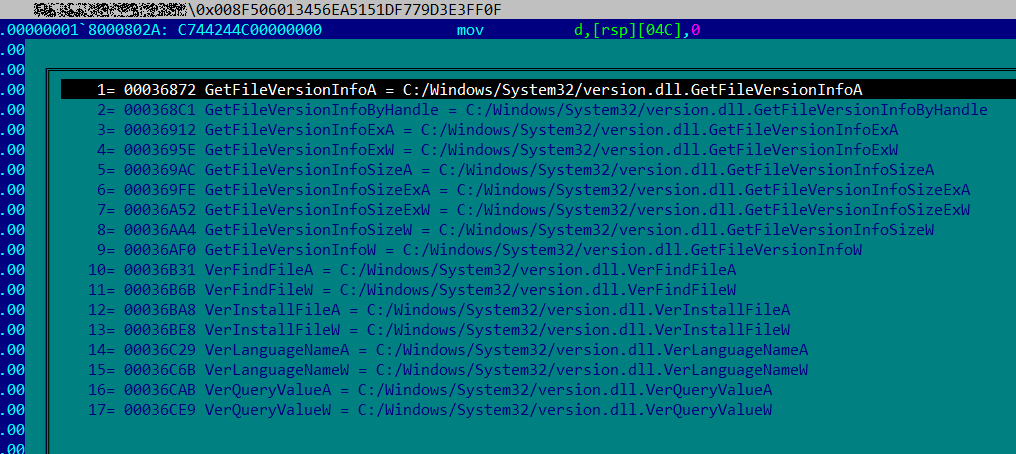
Summary: Google has released patches for 62 vulnerabilities, including two high-severity flaws related to the USB sub-component of the Kernel that have been actively exploited. The vulnerabilities, identified as CVE-2024-53150 and CVE-2024-53197, pose significant security risks, including potential privilege escalation. Users of Android devices are recommended to apply updates from original equipment manufacturers to mitigate these threats.…
Read More 




.png)

 Weekly Recap: VPN Exploits, Oracle’s Silent Breach, ClickFix Surge and More
Weekly Recap: VPN Exploits, Oracle’s Silent Breach, ClickFix Surge and More








